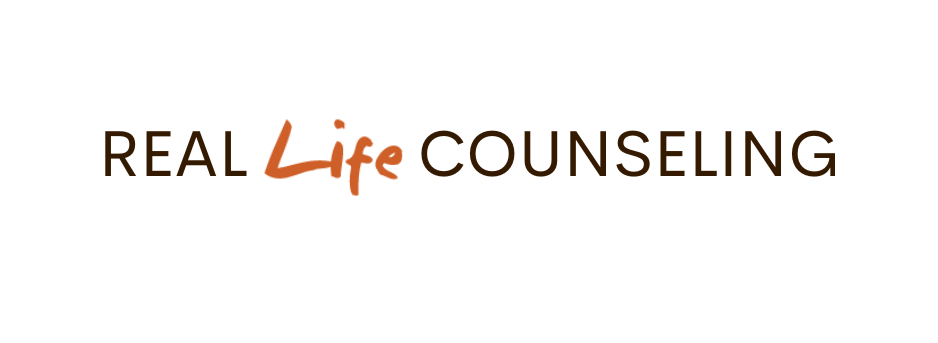Even as reopening plans roll out all across our country and world, COVID-19 continues to have a significant impact on our lives. The pandemic’s impact will likely continue to be felt for a number of months, if not years. As mentioned previously, it is not a stretch to say this virus and the resultant changes in our lives have functioned as a collective trauma we are all experiencing at once. Trauma is a complex and multi-faceted phenomenon, but one of the hallmarks of it is when we experience a sense of helplessness. At this point in the pandemic’s course, we should not be ashamed to admit we have experienced some helplessness. We have all been encumbered by restrictions which have affected our daily lives and the lack of control we have over the spread of illness and loss of life.
We normally react to all levels of threat with the requisite fight or flight response, but when we come to the realization that our efforts are in vain, there is a sense of helplessness that ensues. This sense of helplessness can be one of the most unpleasant parts of any stressful situation. Think about it – if we encounter stress and know exactly what to do about it, it may be stressful, but the stress is not long-lasting. On the other hand, if there is nothing we can do to help ourselves, we experience a different type of fear and maybe even panic. These are the sorts of traumatic experiences that tend to have lasting effects.
It is at this point of realizing we are helpless that we enter what Peter A. Levine terms a state of “immobility.” We also experience some form of dissociation – disconnecting from the present reality in some way so as to avoid being present to something horrific we cannot subdue and from which we cannot escape. Even if the present experience is not life-threatening, we still often disconnect from it until we can find a way to enact some helpful response and regain some sense of control. Dissociation and immobility are part-and-parcel of the traumatic experience, but they are also helpful in allowing us to get through difficult circumstances and live to tell about it.
This is what many of us are now experiencing as we are in limbo, waiting for things to return to normal. Many of us are experiencing a sense of disconnection, disinterest and boredom. We have lost a sense of vitality and fortitude because the pandemic has hung around for so long and there is no clear way to get out of its grip quickly. We don’t have much recourse, except to let it happen.
What we don’t always realize or grasp when we are in this state is that we will naturally come out of it when it is time, and when we do, we will be ready! It will be time to take on the challenges of restoring and rebuilding. It would be helpful for us to realize that being in this state of immobility is actually helpful for a time. It helps us take a step back and regroup until we figure out what a resilient and creative response looks like. Flailing around in frantic attempts to avoid disaster when there is not an identifiable way forward is not as helpful as waiting until there is a path identified and then seizing and capitalizing on that opportunity when it is fully available.
Navigating these traumatic experiences is about allowing ourselves to flow into and out of each of these states and avoid the self-judgment and shame we tend to attach to these normal biological responses. If we can allow ourselves to engage fight or flight responses, dissociative states and reactivation states with increased ease, we can diminish what might be the long-lasting effects of trauma. If we can normalize these responses and states for ourselves, we can also normalize them for others. What could be a traumatic experience with persistent effects will become just another challenge we have encountered and overcome. That is a better story.
Many of these ideas are from the works of Peter Levine, the developer of Somatic Experiencing, an approach to treating stress and trauma. You can find out more at traumahealing.org.

